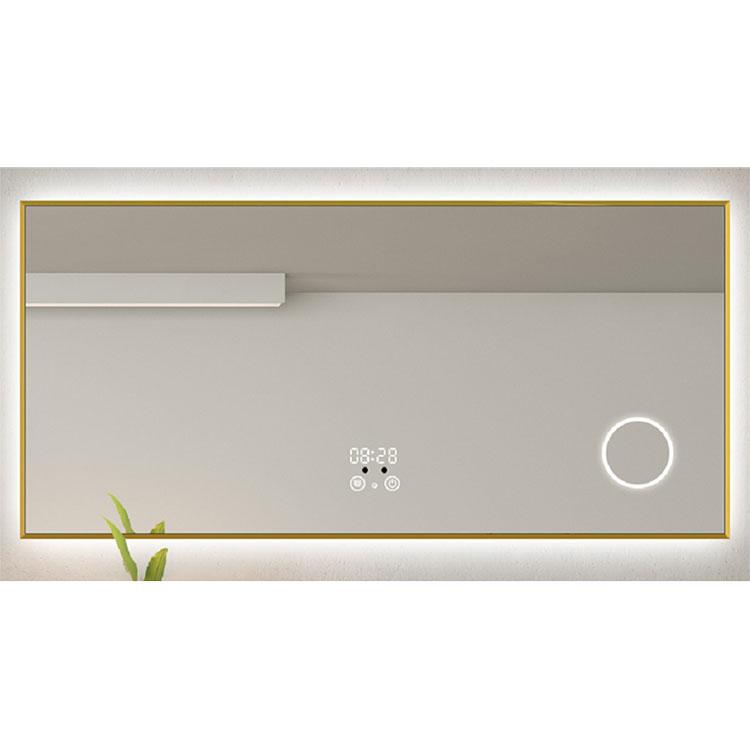What are the disadvantages of LED smart mirror?
2023-10-17
LED smart mirrors have become increasingly popular due to their innovative features and functionality. However, like any technology, they also come with a few potential disadvantages. Here are some of the drawbacks associated with LED smart mirrors:
1. Cost: LED smart mirrors can be more expensive compared to traditional mirrors due to the additional technology and features they incorporate. The cost may vary depending on the brand, size, and specific features of the smart mirror.
2. Complexity: LED smart mirrors are more complex than standard mirrors, as they integrate electronic components, connectivity options, and user interfaces. This complexity can make installation and setup more challenging, requiring technical expertise or professional assistance.
3. Maintenance: Smart mirrors may require regular updates and maintenance to keep the software and features up to date. Software glitches or compatibility issues may arise, requiring troubleshooting or even technical support from the manufacturer.
4. Reliance on Electricity: LED smart mirrors require a power source to operate. This reliance on electricity means that if there is a power outage or the mirror is not located near an electrical outlet, its functionality may be affected or completely unavailable.
5. Privacy Concerns: Some LED smart mirrors come with built-in cameras and microphones for features like facial recognition or voice commands. While these features can be convenient, they may raise privacy concerns for individuals who are uncomfortable with the idea of having cameras or microphones in their bathroom or personal space.
6. Limited Customization: While LED smart mirrors offer various features and settings, the level of customization may be limited compared to using separate components. The pre-installed software or functionality may not be customizable to the same extent as stand-alone devices or applications.
7. Compatibility Issues: LED smart mirrors may have compatibility limitations with other devices or platforms. It is important to ensure that the mirror's features align with the devices or applications you intend to use with it.
8. Learning Curve: LED smart mirrors often come with user interfaces or touch controls that may require some time to learn and navigate. Users may need to familiarize themselves with the mirror's features and functionalities, which can add a learning curve.
It's worth noting that not all LED smart mirrors will have the same disadvantages, as they can vary in terms of features, quality, and user experience. When considering purchasing an LED smart mirror, it's important to research and choose a reputable brand that offers the desired features and addresses any specific concerns you may have.



